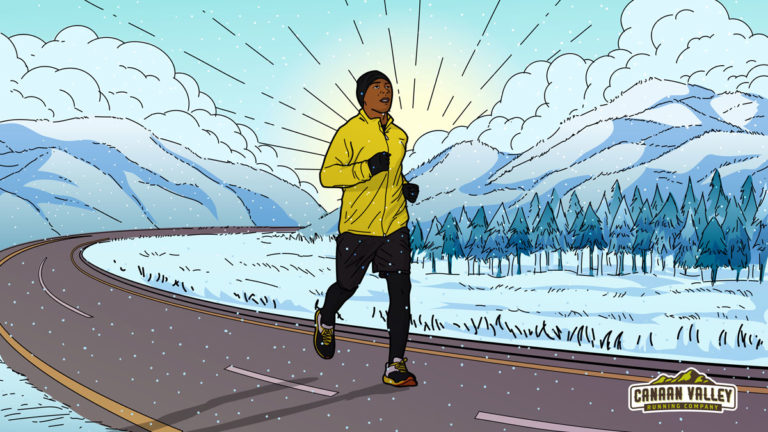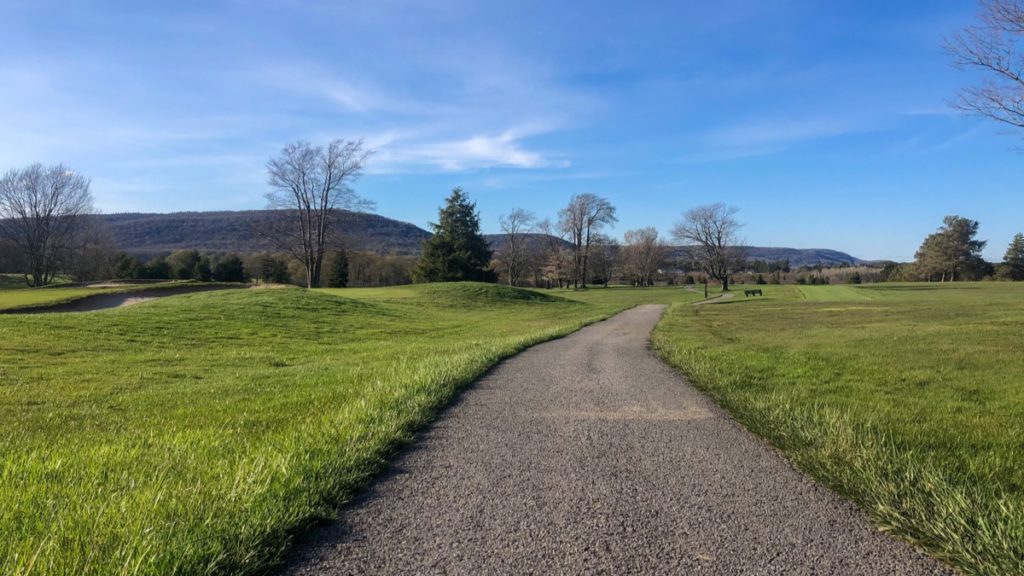We are a participant in the Amazon Services LLC Associates Program, an affiliate advertising program designed to provide a means for us to earn fees by linking to Amazon.com and affiliated sites, this is at NO extra cost to you. These small fees allow us to create great content and keep striving to create better content.

Changing Season: What Runners Should Know About The Winter-Spring Transition
Spring is just around the corner — the temperatures are getting warmer, the days are getting longer, and the trees are getting greener. And if you’re feeling more and more inclined to get out and start a running routine, you’re not alone. It’s a great time to leave the house and start attacking some miles!
Spring is great for running because…
The warmer temperature and the longer hours of daylight aren’t just about being more comfortable for newbie runners (and experienced runners too). This time of year is also more practical! If you’re taking up running in the winter, you need to invest in all kinds of apparel like jackets, gaiters, hats, gloves, leggings, and much more. The bill can get pretty expensive. But if you start running in March, you need far less gear.
If you’re a newbie runner, getting in shape in the spring is important because you want to be conditioned before the intense heat of summer sets in. Once temperatures reach 80 or 90 degrees, fitness becomes an even greater challenge because an out-of-shape body has a much harder time acclimating to high temps than an in-shape one.
Be careful about going too hard too soon. It’s natural to be excited about the nice weather, but if you don’t ease into your routine, you could end up injuring yourself — and ultimately putting yourself out of commission for the season. Take it easy for your first few workouts if you’re new to running or if you’ve been running inside on a treadmill.
Don’t take daylight for granted
Yes, we’re getting more hours of daylight, which is a great excuse to get outside. But Daylight Saving’s Time in the spring can be a little bit of a surprise, even for experienced runners. When we turn our clocks forward an hour midway through March, we get an extra hour of daylight in the evening. But that also means the sun rises a little bit later in the morning. If you’ve been enjoying the daylight at 6:00 AM, it’ll be shocking to not have sunrise until 7:00 AM.
By the time summer rolls around, you’ll have daylight at 5:00 AM. But until that happens, you might need to plan your schedule accordingly if you don’t like running in the dark. Plan to do your run in the evenings, or get some good reflective gear for early morning runs.

Get the right gear
Going from colder weather to warmer weather calls for a change in running apparel. You might still need a jacket, especially for the first few weeks of spring, but be sure you get one that’s lighter weight. It’s also ideal if your jacket is easy to remove and tie around your waist when it gets too warm. One of the hard parts about spring running is that temperatures change pretty quickly. It could feel chilly when you first step outside but then turn balmy and warm within an hour. Have a plan on what you’ll do with gear like jackets or hats if they get too warm for comfort — you don’t want to be tossing expensive gear aside along your route.
Another article of clothing you might need to swap out in spring? Your socks. It might not be the obvious choice, but the right pair of socks can make all the difference. Get lighter, moisture-wicking socks that will keep your feet dry when you start sweating heavily (or if you get caught in a spring rainstorm).
Finally, check your shoes if you’ve been running inside on a treadmill all winter. Treadmills don’t wear down the tread on the bottom of your outer soles the way streets and sidewalks do, but the cushioning that makes up your inner- and mid-sole could be completely shot. To avoid injury, don’t rely on how the tread of your shoes looks — invest in new shoes early and often.
The buzz on pollen
The only real downside to spring running is all the pollen. This can be especially bad for people with allergies! When you’re running, you’re breathing heavily, which means you’ll be taking in an increased amount of allergens when you’re already struggling for air. Nobody wants to run when they’re congested or have a runny nose!
To avoid major problems, check the local pollen counts on your weather app before you go out. Usually, pollen counts tend to be lower in the afternoon. You can also wear a gaiter or a bandana to limit the amount of pollen you’re breathing in.
So get out there and enjoy it — the sunshine, the warmth, the greenery, the flowers, and everything else spring has to offer. In no time, the heat of summer will be upon us. You’re going to be ready for it!

Dylan Roche
Dylan Roche is an Annapolis-based writer and marathon runner. As a journalist focused on everything from fitness to arts and culture, he has written for a variety of publications, including Livestrong, What’s Up Annapolis, OurHealth Virginia, UpstART and Chesapeake Family Life. His first novel, “The Purple Bird,” came out in 2019. Follow him on Twitter and Instagram at @DylanIsWriting




